Description
Characteristics
No Reviews
Description
Summary
The Sufficient IoT Hub is a Linux system-in-package with a dual-core 64-bit ARM A7 processor running at 1GHz and 128MB of DDR3. This is an IoT-only device that includes LoRa, Wi-Fi, and Bluetooth. We created a dedicated Sufficient IoT OS for it (Linux 5.4.61 Kernel, Debian10), which also includes a CLI application and web UI to operate onboard resources directly. So that even if the user has no programming experience, they can efficiently operate PWM, I2C, SPI, LoRa, and other protocols to develop whatever they desire.
It can, for instance, be used to read sensor data from I2C and transmit it via LoRaWAN, as an MQTT broker, as a LoRa Server in a local area network, or even as a LoRa gateway via an expansion panel.
Main Features
- CE & RoHS Certified
- CPU: Dual-Core ARM CortexTM-A7; 32 KB L1 I-cache + 32 KB L1 D-cache per core, and 256 KB L2 cache.
- RAM: 128 MB DDR3.
- ROM: SD3.0 (8/16G).
- Operation system: Like a computer, the Sufficient IoT Hub has an operating system, which by default uses the open source, free Linux operating system, currently supported by Debain 10.
- Ethernet(Default): 10/100Mbps.
- Wi-Fi(Default): IEEE 802.11 b/g/n.
- LTE (Optional): Cat. 1.
- Compatible with the HT-1303 module, to be used as a LoRa Gateway.
- 4G(LTE) communication optional when no Wi-Fi&Ethernet.
- Multi-interface (I2C, SPI, Ethernet, ADC, PWM, USB Host).
- The standard mode has the basic function of LoRa and ETH connection, the optional functions are available to select with one or more features according to your needs.
Specifications
| Parameters | Description | MCU | Dual-Core ARM CortexTM-A7 CPU, 800MHz. |
|---|---|
| LoRa Chip | SX1262 |
| WiFi | 802.11 b/g/n |
| LoRa Frequency | 863~870MHz, 902~928MHz, 470~510MHz |
| LoRa Max. TX Power | 21 ± 1 dBm |
| Supply voltage | +5V, +3.3V |
| Power Consumption | Max. ≈ 150mA, standby ≈ 100mA |
| Power Consumption | Deep Sleep 10uA |
| Operating Temperature | -40~85℃ |
| Dimensions | 90 x 41 x 11 mm |
Description
Pin Map
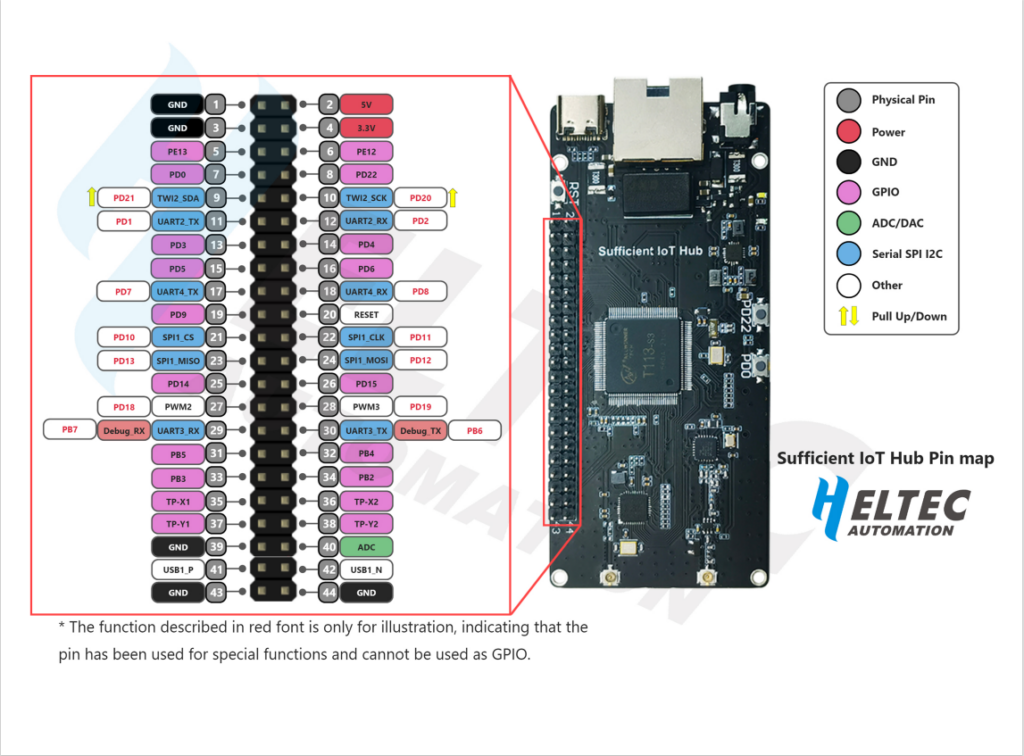
High light
Strong extensibility
It can, for instance, be used to read sensor data from I2C and transmit it via LoRaWAN, as an MQTT broker, as a LoRa Server in a local area network, or even as a LoRa gateway via an expansion panel.
Linux system-in-package
The Sufficient IoT Hub is a Linux system-in-package with a dual-core 64-bit ARM A7 processor running at 1GHz and 128MB of DDR3.
FAQ
Need to purchase expansion board. If you want to use both the HT-1303 and 4G modules, you’ll need to stack two extensions.
Docs & Resource
- [Resource] — Relvant Docs Page
- [Resource] —Source Code
- [Resource] —Downloadable Resources
Packing list
The default packing list without selecting any accessories is as follows:
| Item | Quantity |
|---|---|
| Sufficient IoT Hub | x1 |
| 2.4G Wi-Fi antenna | x1 |
| Type-c data cable | x1 |
| LoRa antenna | x1 |
| 8G TF card | x1 |
Characteristics
| Weight | 78 g |
|---|---|
| Dimensions | 2.4 × 1 × 0.4 cm |
| LoRa Band | 433MHz, 470~510MHz, 863~870MHz, 902~928MHz |
No Reviews
Be the first to review “Sufficient IoT Hub”
You must be logged in to post a review.
Sufficient IoT Hub
What's this?
The Sufficient IoT Hub is a Linux system-in-package with a dual-core 64-bit ARM A7 processor running at 1GHz and 128MB of DDR3.
$33.90

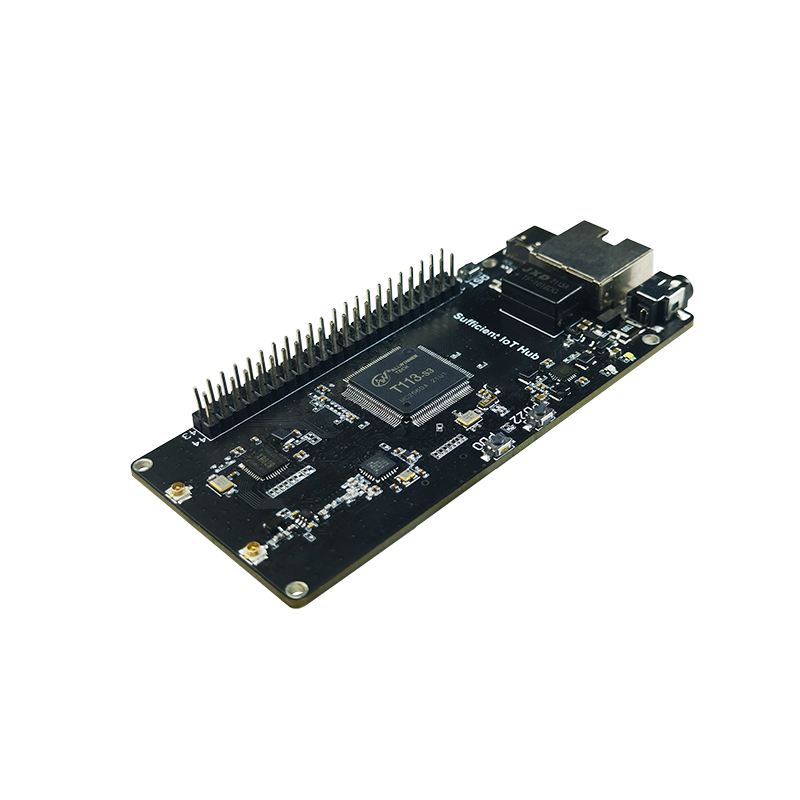
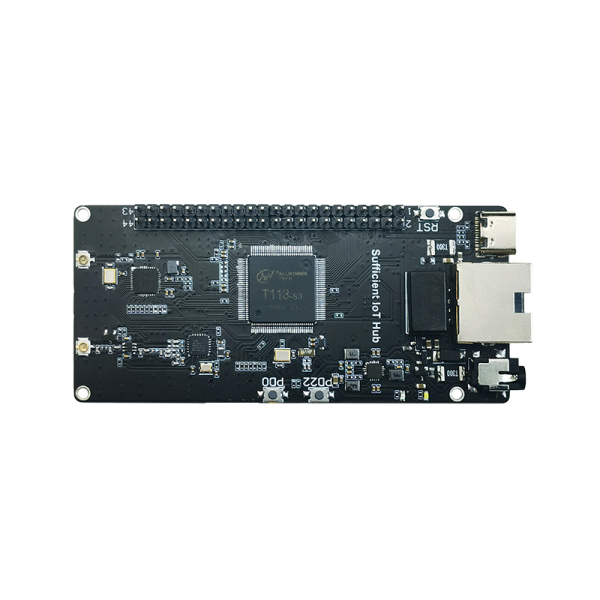
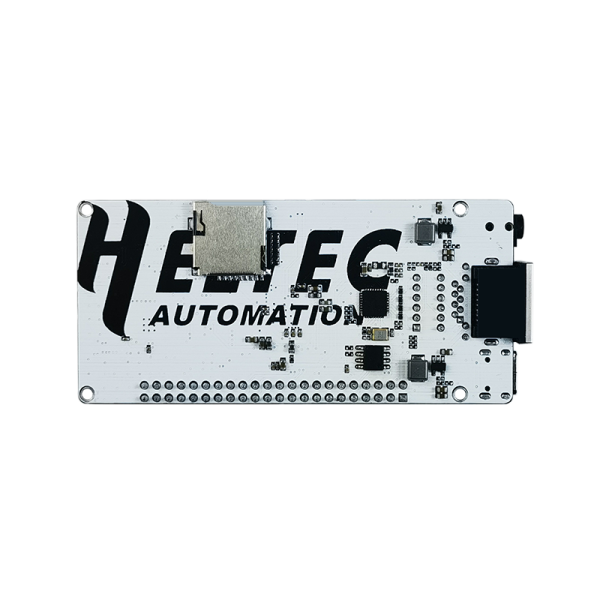
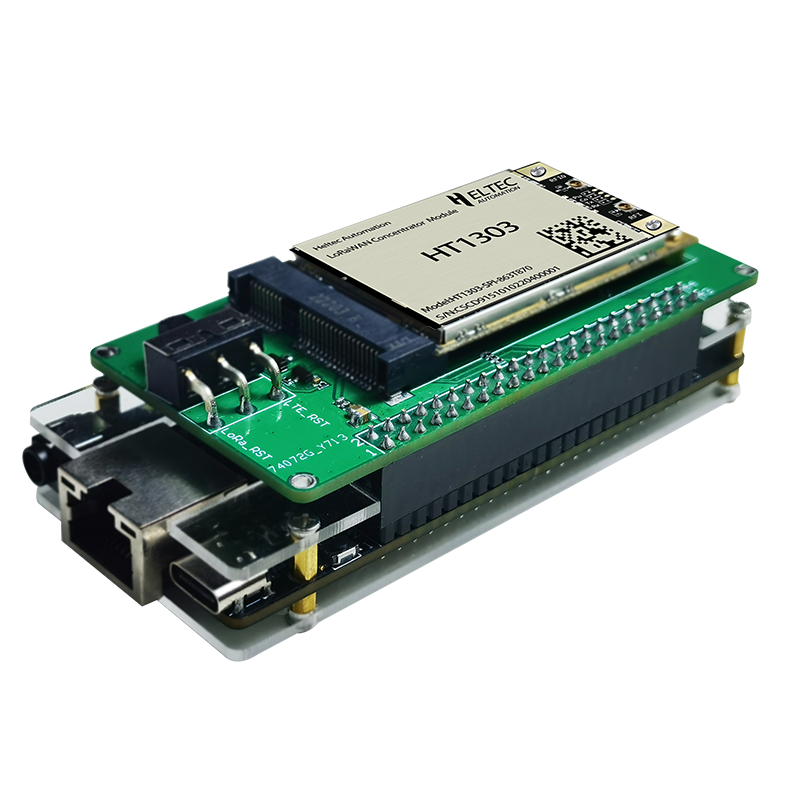
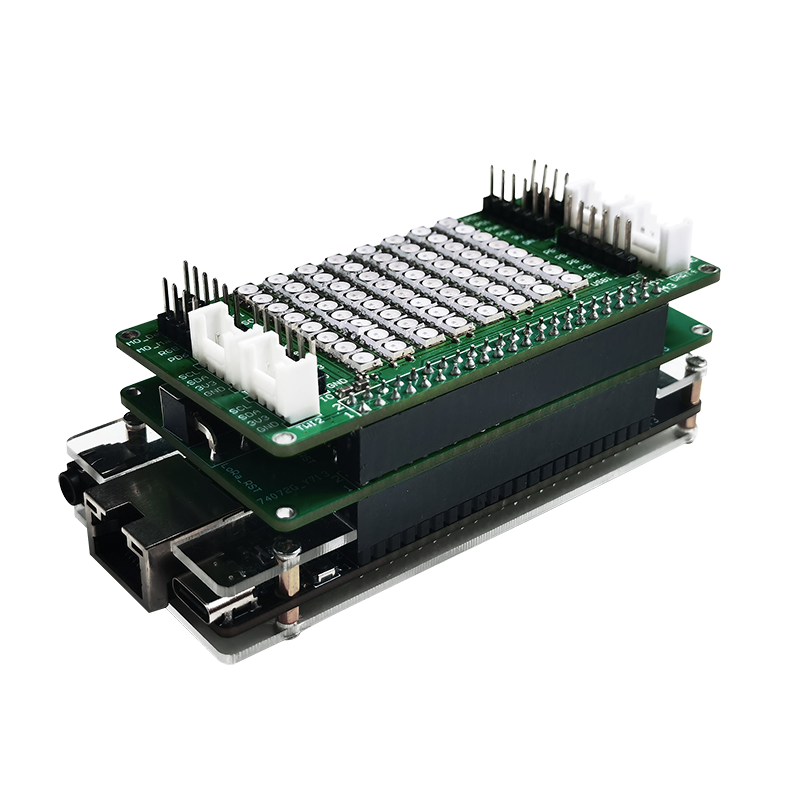
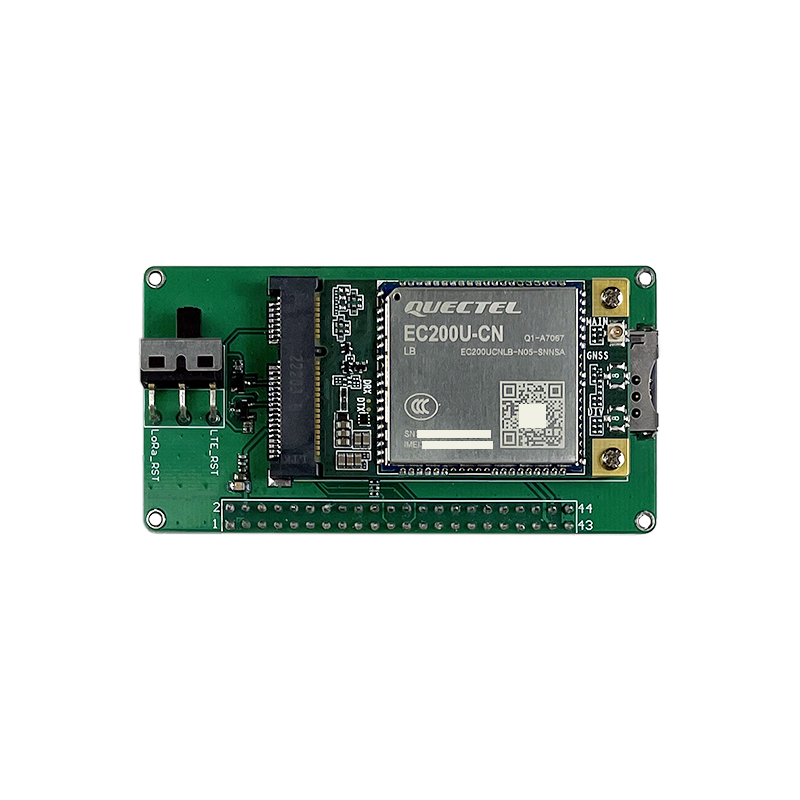
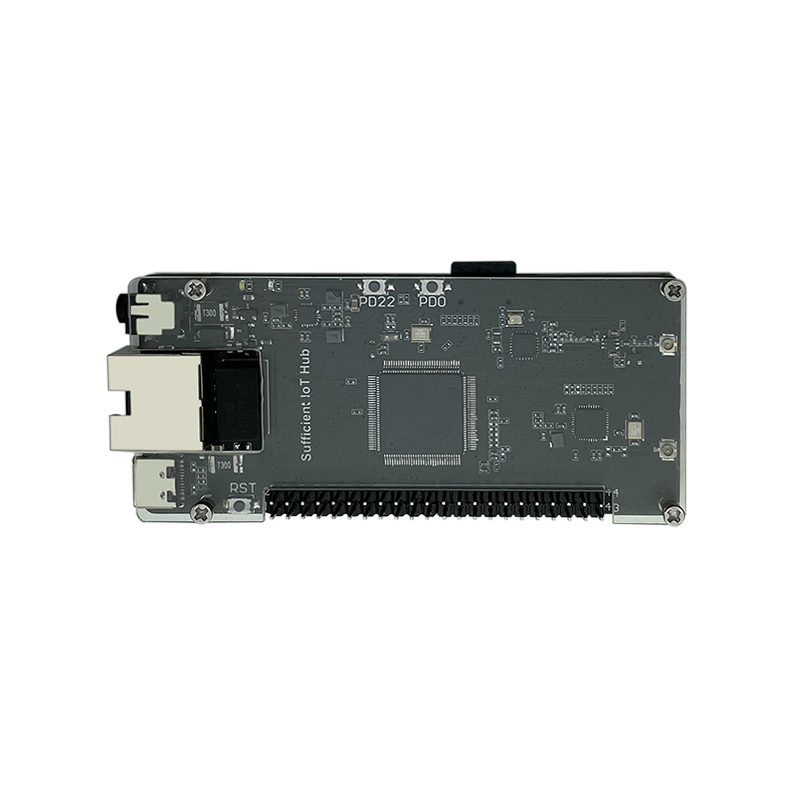
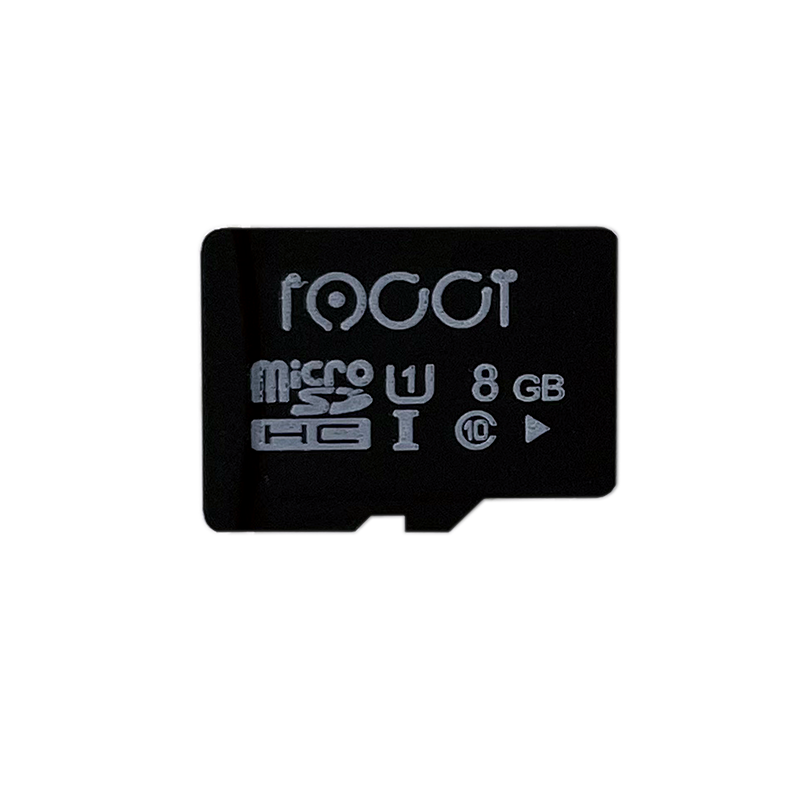
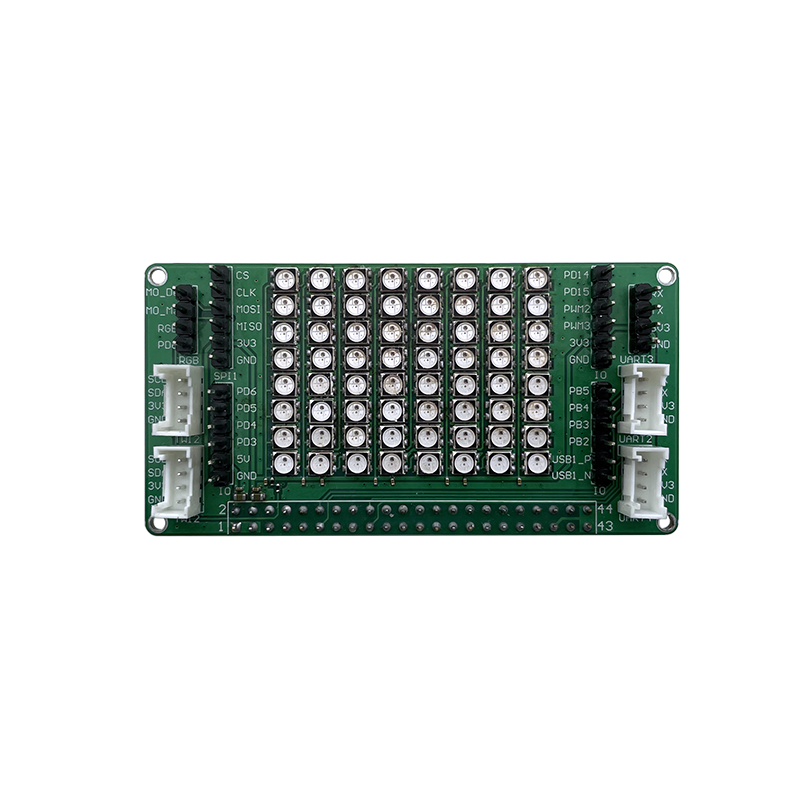
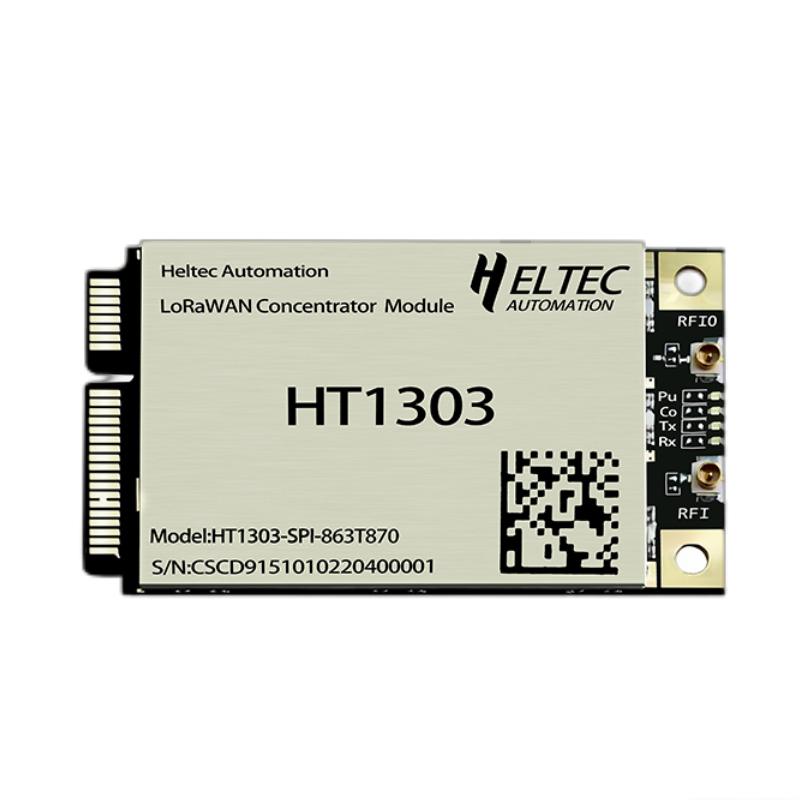
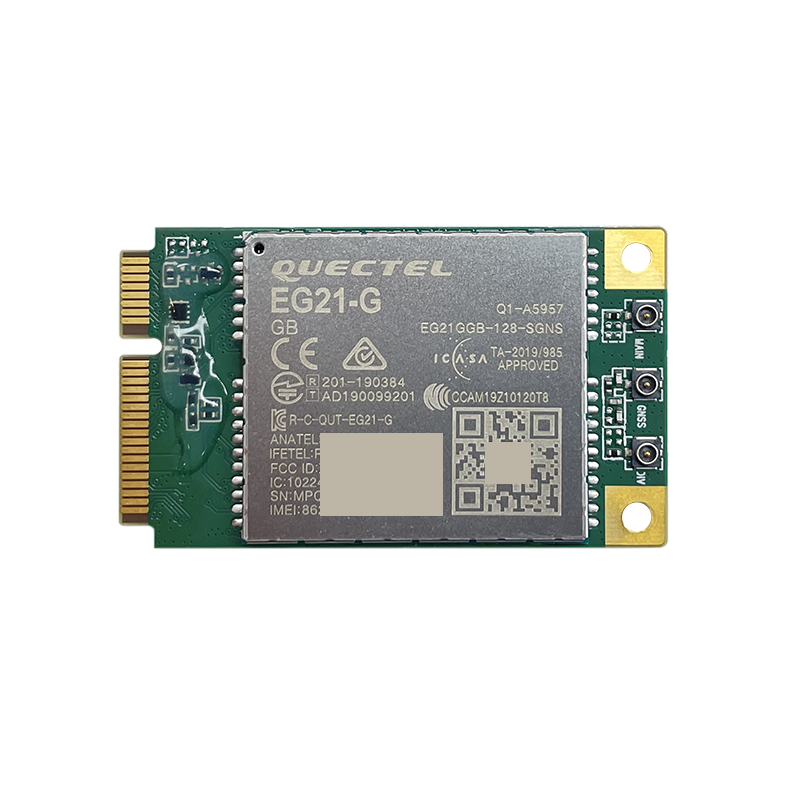
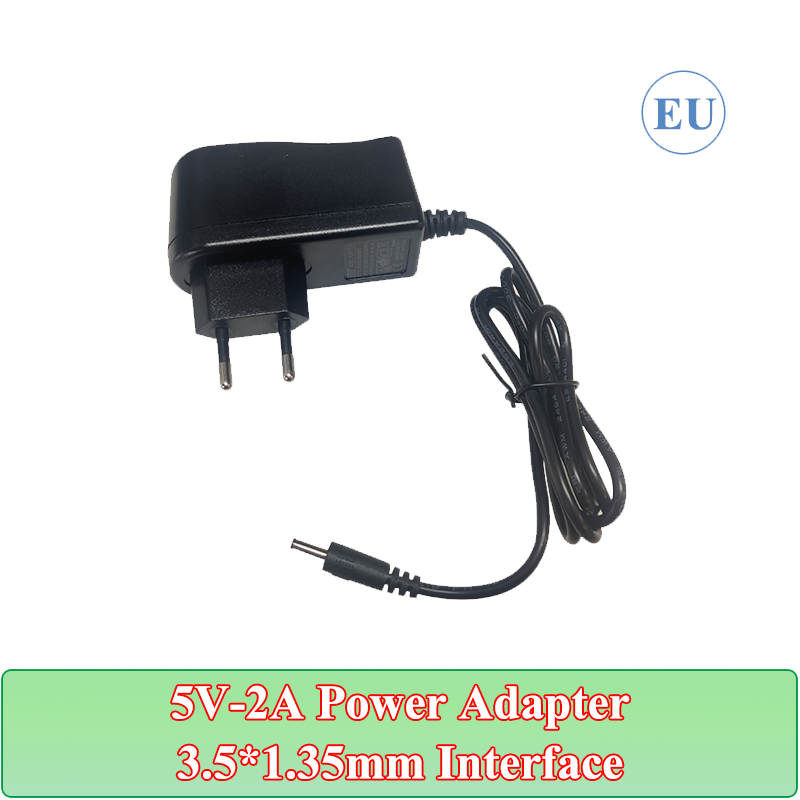
Reviews
There are no reviews yet.